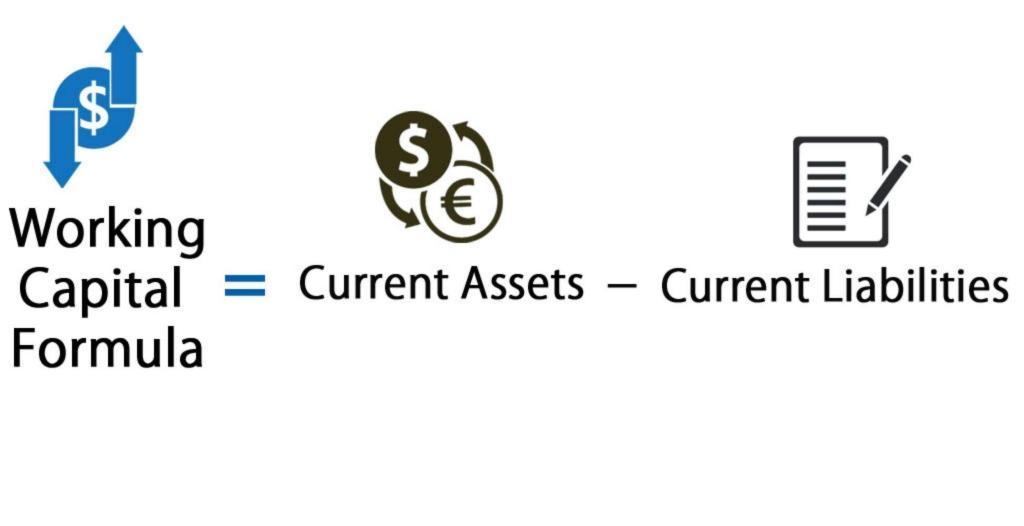Overview
One of the basic concepts in the analysis of the economic activity of an enterprise is working capital. This indicator illustrates the firm’s ability to independently carry out current production processes. It is also used in the fundamental analysis of securities, helping to assess the efficiency and profitability of the issuer.

From the economic point of view, working capital is a set of assets that transfer their value to finished products immediately, in one cycle, and not gradually, like fixed assets (buildings, equipment). Working capital is turned over at least once during the year or one production cycle if the last one exceeds a year. In financial analysis, working capital means the difference between the amounts of current assets and current liabilities.
Main groups of current assets:
- receivables
- cash
- financial investments
- stocks of raw materials and finished products.
Groups of current liabilities:
- short-term borrowed funds
- accounts payable.
Working capital is characterized not only by the volume and structure but also by the liquidity of current assets. The degree of liquidity is determined by the ability of current assets to turn into cash in the course of circulation. This takes into account that, for example, production stocks are less liquid than finished products, while cash is unquestionably the most liquid.

Functioning of working capital
Continuous production reflects the non-stop functioning of working capital. During the first stage of working capital circulation, the money becomes production stocks. At the second stage (production) a new product is created. At the third stage, the manufactured products are sold, and the working capital is converted into money again and, thus, returns to the first stage of the whole process. The cost of working capital is fully returned to the entrepreneur when the product is sold.
If, after the return of capital to the starting point, its growth is observed, the business can observe profitability or efficiency of capital turnover. It is measured by the income received. The more efficient the management of working capital is, the greater is the increase in profitability. Since the value of working capital is first transferred to the product, and then returned again in the form of money, it also includes objects of labor, tools subject to wear, and wages.
Sources of working capital formation
Working capital can be formed from own, borrowed, and additionally attracted capital.
- Own working capital is the portion of equity capital with the help of which current assets are financed. Equity is the difference in the value of assets and liabilities. It consists of the firm’s funds and savings, as well as long-term liabilities.
- The borrowed capital is those funds that do not belong to the business. It consists of bank loans and debts, which means that these are funds that the company uses temporarily until it has to repay them.
Since working capital must make production continuous, in order to determine its size, organizations must know exactly not only their production needs but also what funds are needed to ensure circulation. Capital turnover in days must be calculated in order to assess the turnover of working capital.